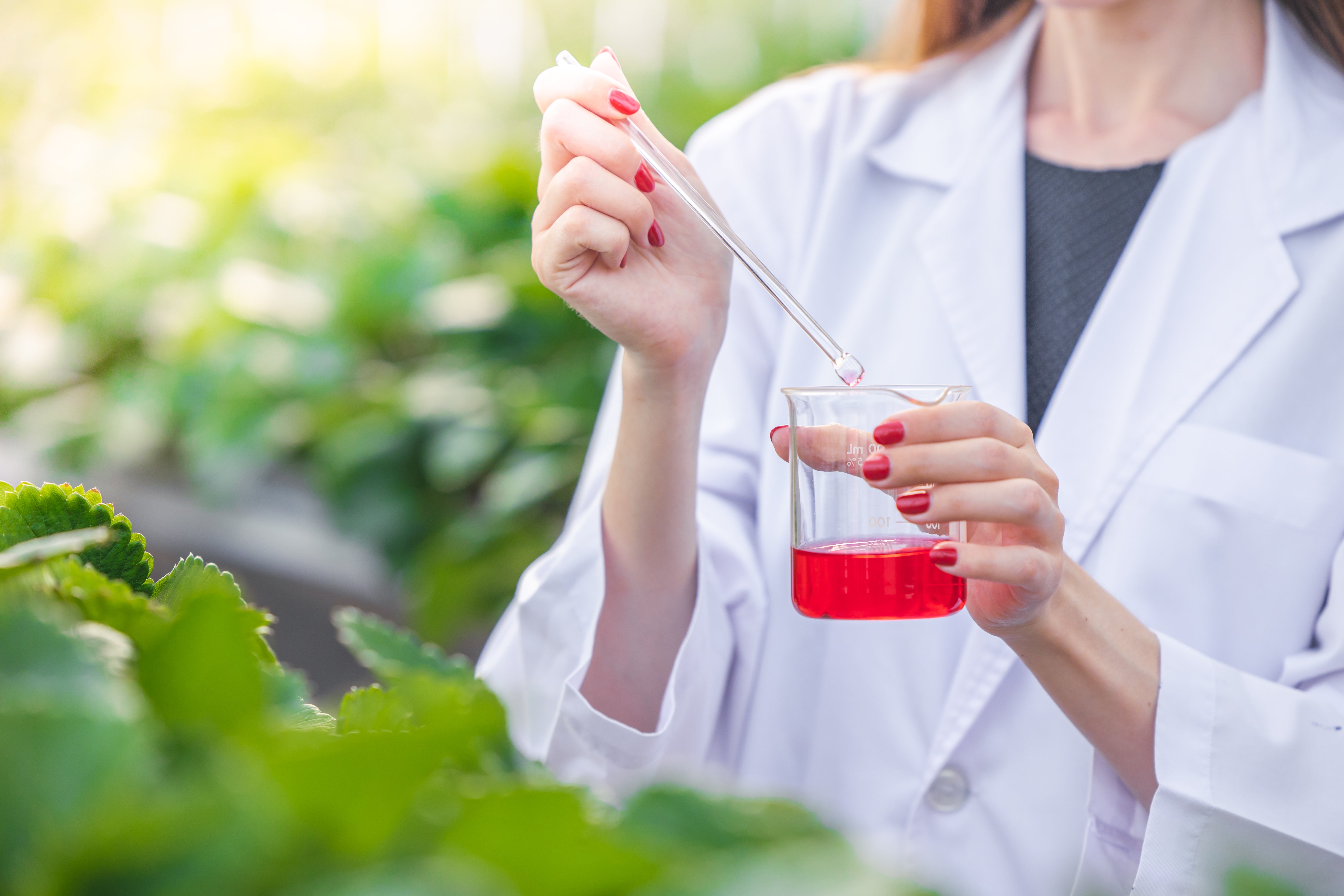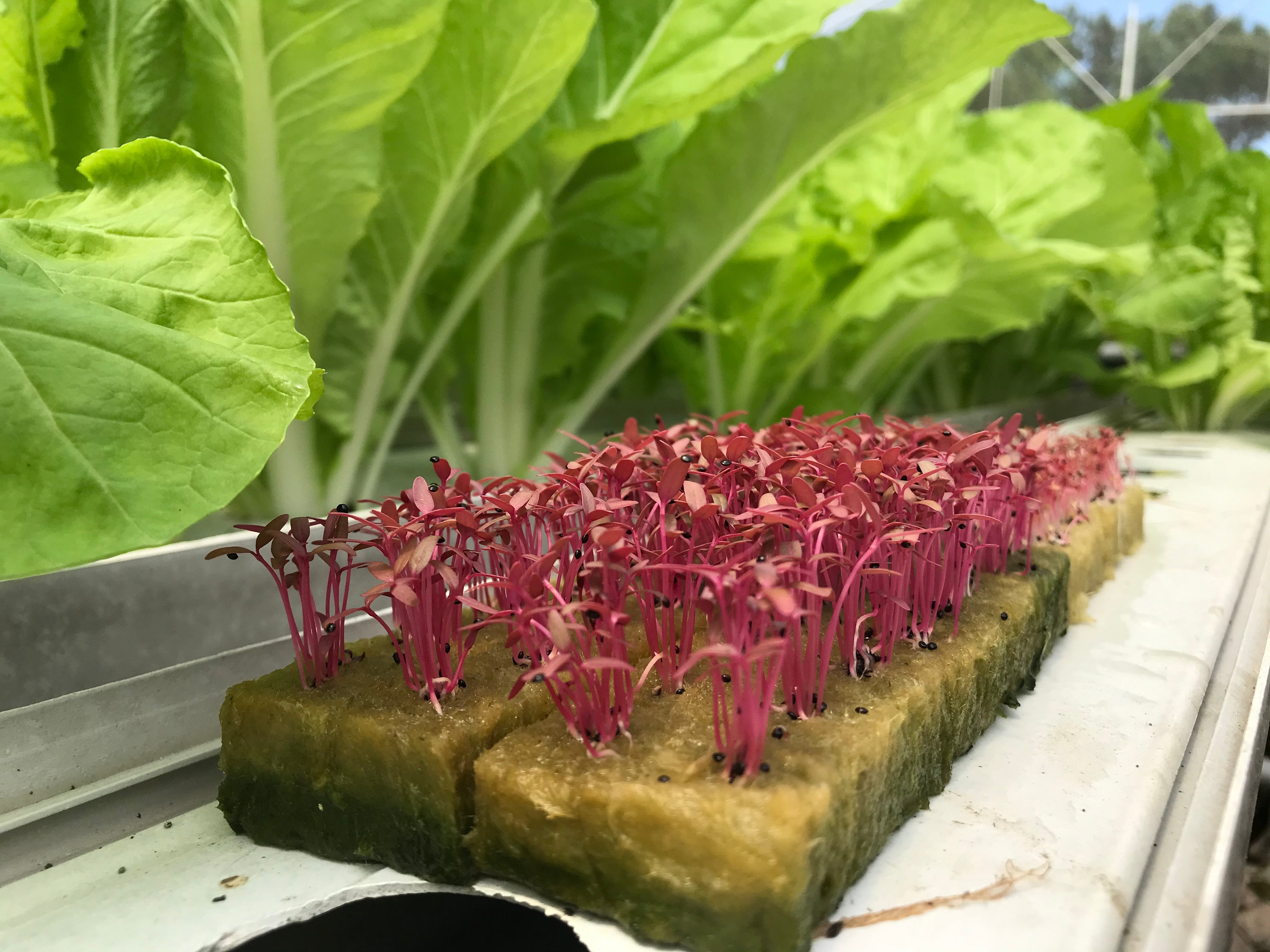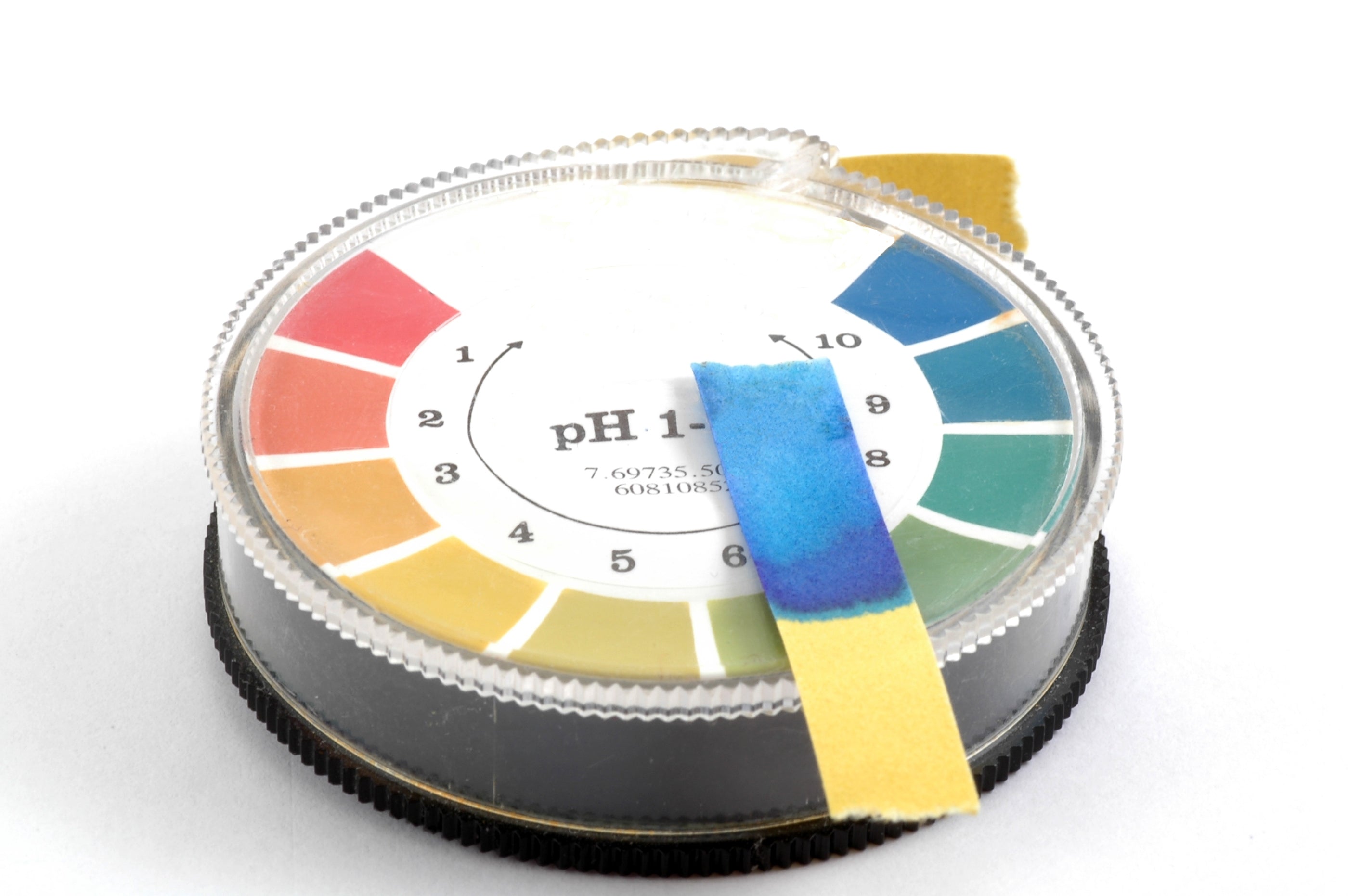Maintaining and Cleaning Your Hydroponic System
The Best Advice for Maintaining and Cleaning Your Hydroponic System
Adding Water to Your System
Depending on the type of system you have, you would typically top up your reservoir with water every 2–3 days or maybe even daily in some cases, depending on how fast the nutrient solution level drops in the reservoir. When you top up your reservoir with water, you need to measure how much water you are adding. Record the date, time, and amount of water in your log. It is important to note this because finding out how much water you have topped up lets you know when it is time to replace the nutrient solution.
It’s not advisable to use tap water with hydroponic plants because tap water has various things added to it to ensure it kills off microbes harmful to humans, such as chlorine, chloramines, and aluminium sulphate. All of these chemicals would harm your hydroponic plants. The pH level of tap water is not suitable for hydroponics in most cases, as it can be anywhere between 6.5 and 8.5. For your hydroponic garden, you should be using distilled or filtered water.
It is possible to make tap water safe. If you place tap water in the sun for at least 24 hours, the UV rays should break down and remove the chlorine. You can also purchase chlorine remover. You can use pH up and pH down solutions to balance the pH level of your water. If you live in a hard water area like I do, you will also need to purchase water softener. It takes a lot of effort to purify tap water, and I find it easier to buy large bottles of distilled water in bulk.
When you’ve added as much water in top-ups to your reservoir as your reservoir's total volume, then it’s time for a full water change. So, if your reservoir holds 80 litres and you’ve replaced that in topping up over a few weeks (usually 2–3 weeks), you then need to do a full water change. You will need to drain the old nutrient solution, clean your reservoir, and fill it with a new, fresh nutrient solution. This will help keep salt levels balanced and stop things like algae from growing in the reservoir or any areas that are exposed to light.
EC/PPM meters can’t tell you exactly how much of each nutrient there is in the nutrient solution, and some plants take up nutrients differently to others, so this can cause a buildup of minerals. Changing the nutrient solution allows you to start fresh with the right nutrient balance for your plants. When you change the nutrient solution, you will also need to clean your reservoir, which will be covered below.

Cleaning and Flushing Your Hydroponic System
The cleaner your system is, the healthier your hydroponic plants will be. When you do a full water change, it is at this point that you need to clean your hydroponic reservoir. Cleaning(or sanitising) is different from sterilising. Cleaning is essentially ongoing maintenance, while you would sterilise your system once you’ve stopped growing and want to start with a new lot of plants, or if you’ve ever had issues with pests.
You’ll need to remove your plants from your hydroponic system. You can put them into a separate container, ideally with the same growing medium, nutrient solution, and pH levels. This will help ensure your plants don’t go into shock when they are taken out of their environment.
It’s important to keep your grow room clean. Always clean from the top towards the bottom. Scrub the walls, clean your grow lights, clean the tables, and change filters if your system has them.
You can take apart your hydroponic system and soak smaller parts, such as nozzles and air pumps, in a bath of food grade (35%) hydrogen peroxide and water. Mix 1 part food grade (35%) hydrogen peroxide to 11 parts water, and make sure to wear rubber gloves when handling it. You can also use white vinegar—simply mix it in 1:1 ratio with warm water. You can set the smaller parts aside to soak in the bath while you clean the reservoir.
To clean the reservoir, first drain the nutrient solution. I usually use food grade (35%) hydrogen peroxide to clean the reservoir, but you can also use vinegar. For food grade (35%) hydrogen peroxide, mix it in 1:11 ratio with water to make a cleaning solution that use can use to scrub down your reservoir.Vinegar can be used in a 1:1 ratio with water— it’s good and organic, and the smell soon goes. Using vinegar is non-toxic, and it will stop algae and bacteria and will disinfect your reservoir. You can also use unscented bleach—mix around 10 ml of bleach per litre of water (or 1.3 oz of bleach per gallon of water). Always wear gloves when cleaning, and keep the space well ventilated.
You can scrub all the sides of the reservoir with a sponge. You can also scrub smaller pieces of your system if possible. Next, you’ll need to flush the system with a hydrogen peroxide or bleach cleaning solution. To flush the system, fill the tank with the same cleaning solution you made for cleaning the reservoir and pump it through the system for 4–6 hours. Then drain it, fill it with clean water, and run it again to flush out any cleaning solution left in the system. If you used a bleach solution to clean your system, you’ll need to flush it with water 2 or 3 times. Ensure that all cleaning chemicals are fully flushed out before you start to refill the reservoir.
You should dry your system with clean towels now and leave it to fully air dry. Once it’s dried off completely, you can put the plants back in, refill it with the nutrient solution, check the EC/PPM and pH levels and adjust them accordingly, and keep on growing.
Look at the manufacturer’s instructions for how you should clean the particular type of pump you have and change any filters in it because it may get clogged with plant debris. If your hydroponic system doesn’t have a filter, try to add one with time because this will help keep your reservoir free from plant debris and reduce the chances of things like algae and bacteria building up.
For more great content check out the Proponics YouTube channel below!

By Max Barnes
Max Barnes is a long-time homesteader and author. Max grows the majority of his own food year-round using a variety of different methods, including hydroponics. Hydroponic gardening plays a huge part in his homestead and self-sufficiency goals.




